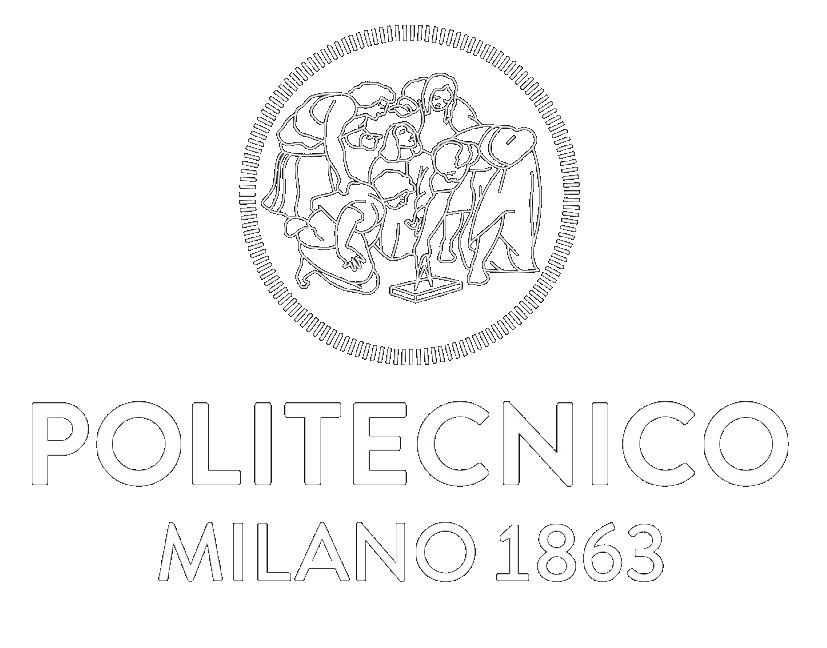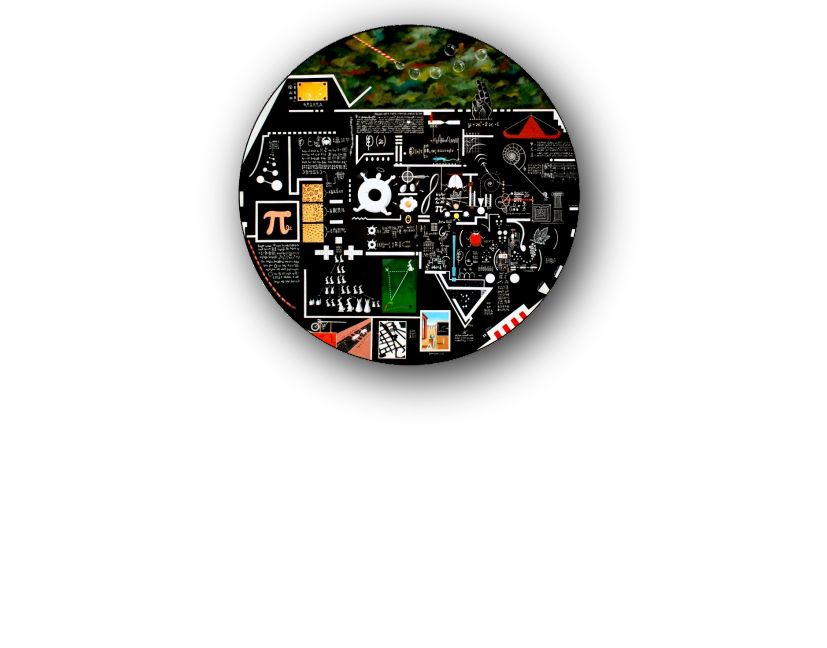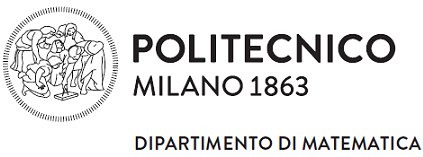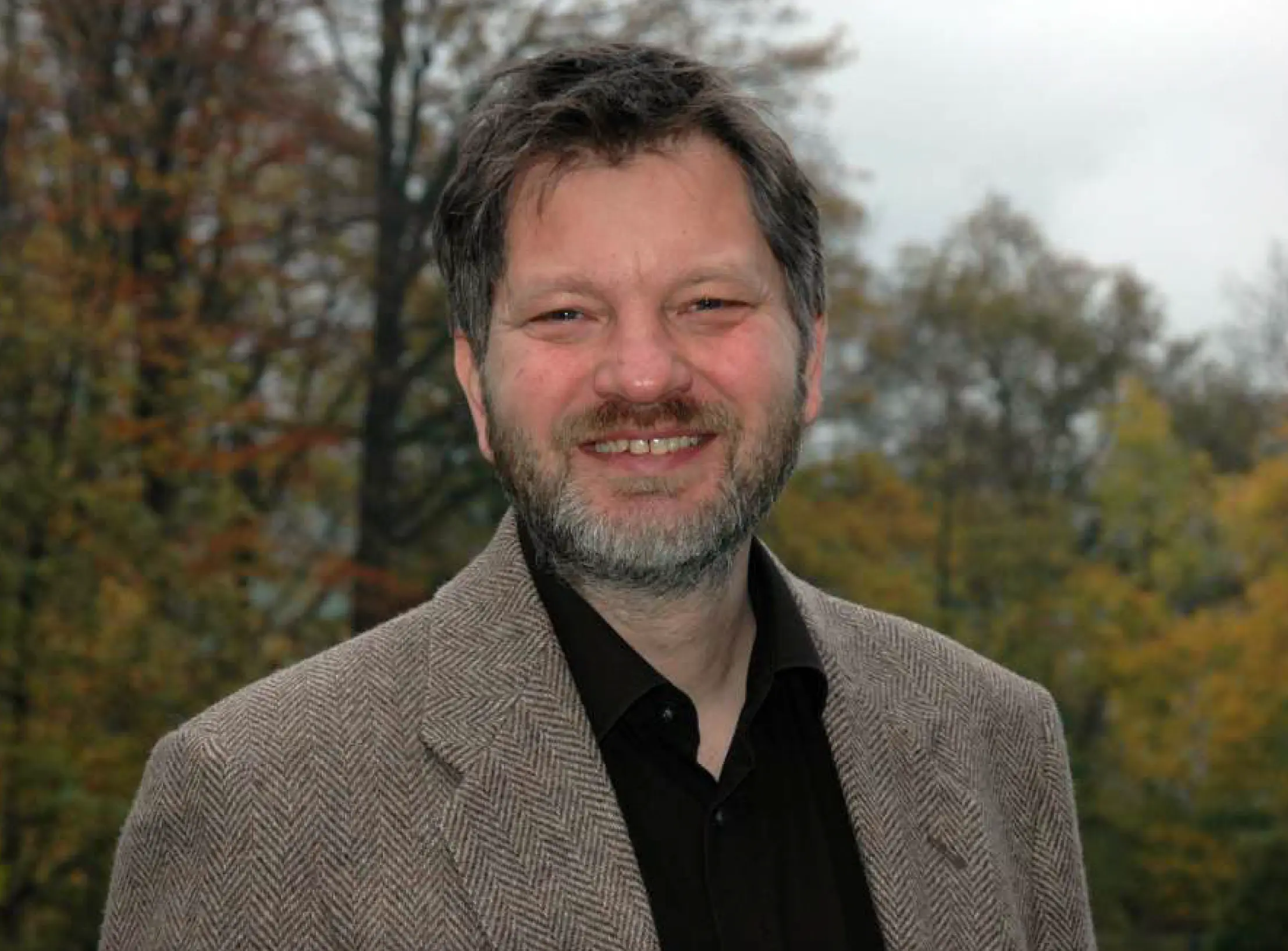Marie E. Rognes is Chief Research Scientist in Scientific Computing and Numerical Analysis at Simula Research Laboratory, Oslo, Norway and Deputy Director of the K. G. Jebsen Centre for Brain Fluid Research. Her work targets frontier research both in computational mathematics and the neurosciences, focusing on numerics for partial differential equations, high-performance mathematical software, and high-fidelity modelling of excitable tissue. She received her Ph.D from the University of Oslo in 2009 after an extended research stay at the University of Minnesota Twin Cities, Minneapolis, US. She has been at Simula Research Laboratory since 2009, and led its Department for Biomedical Computing from 2012 to 2016. She held a Professor II position (20%) at the Department of Mathematics, University of Bergen, Norway (2020-2022), and was a Visiting Fulbright Scholar at the Institute for Engineering in Medicine, University of California San Diego, CA, US (2022-2023).
Rognes is a member of the Norwegian Academy for Technological Sciences (2022-) and was a Founding Member of the Young Academy of Norway in 2016. She won the 2018 Royal Norwegian Society of Sciences and Letters Prize for Young Researchers within Mathematics and the Natural Sciences and the 2015 Wilkinson Prize for Numerical Software. She was awarded an ERC Starting Grant in Mathematics in 2017, and has been awarded a series of ground-breaking research grants from the Research Council of Norway since 2016. She is a member of the Research Council of Norway's Portfolio Board for ground-breaking research (2024-), the European Mathematical Society's Committee for Applications and Interdisciplinary Relations (2023-), the Interpore Council (2023-), and the FEniCS Steering Council (2016-2024), in addition to six Editorial Boards spanning pure and applied mathematics, scientific computing and mathematical software. Rognes has supervised more than 8 postdoctoral fellows, 16 PhD or DPhil students, and 13 MSc students in the period 2012-2024.




.webp)


